Unveiling Full-Spectrum Weed’s Potential Benefits Compared to Sativa Strains
Full-spectrum weed utilizes the entire cannabis plant, including THC, CBD, terpenes, and flavonoids,…….
Cannabis, a multifaceted plant with a rich history, has captivated societies worldwide for millennia. Among its various forms, sativa cannabis strains stand out for their unique characteristics, cultural significance, and diverse applications. This article aims to provide an in-depth exploration of sativa strains, delving into their definition, global impact, economic implications, technological advancements, regulatory landscape, challenges, successful case studies, and promising future prospects. By the end, readers will gain a comprehensive understanding of this dynamic aspect of cannabis culture and industry.
Sativa cannabis strains are varieties of the plant species Cannabis sativa, distinguished by their distinct physical and psychological effects. Historically, these strains have been cultivated for their medicinal properties, as well as for recreational use due to their invigorating and uplifting effects. Key components that define sativa strains include:
Botanical Characteristics: Sativa plants are typically taller with longer, narrower leaves compared to indica strains. They often grow up to 2 meters or more, requiring ample vertical space.
Chemical Composition: Sativas tend to have higher levels of tetrahydrocannabinol (THC), the primary psychoactive compound responsible for cannabis’ intoxicating effects. They also generally exhibit lower concentrations of cannabidiol (CBD), a non-psychoactive compound with potential therapeutic benefits.
Psychoactive and Medicinal Effects: Sativa strains are renowned for their ability to enhance creativity, focus, and energy levels. Users often describe them as uplifting, cerebral, and stimulating, making them popular for daytime use and alleviating symptoms like fatigue, depression, and ADHD.
The history of sativa cannabis strains is deeply intertwined with human civilization. Ancient cultures in regions like South Asia, Southeast Asia, and Africa have utilized cannabis for medicinal and spiritual purposes for thousands of years. In traditional medicine practices, sativas were prescribed for various ailments, from pain and inflammation to mental health disorders. The plant’s versatility and potential therapeutic benefits have been documented in ancient texts across diverse civilizations.
During the colonial era, European powers introduced cannabis to the Americas, where it became an integral part of rural economies and folk medicine. However, as the 20th century unfolded, cannabis faced increasing criminalization and stigmatization, primarily driven by political and social factors rather than scientific evidence. This led to a significant decline in the cultivation and study of sativa strains.
The impact of sativa cannabis strains is felt globally, with its cultivation and consumption expanding across borders. Key regions driving this trend include North America, Europe, South America, and parts of Asia. Each region contributes unique cultural perspectives and legislative frameworks to the global cannabis landscape:
North America: The United States, in particular, has emerged as a powerhouse in the legal cannabis industry, with many states legalizing medical and recreational use. This has spurred significant growth in sativa strain cultivation and research.
Europe: Countries like Germany, the Netherlands, and the United Kingdom have progressive cannabis laws, facilitating research and patient access to medicinal cannabis, including sativas.
South America: Brazil and Argentina are notable for their expanding medical cannabis markets, with sativa strains playing a significant role in treating various conditions.
Asia: Canada, Israel, and some countries in Southeast Asia are also contributing to the global sativa narrative through innovative cultivation techniques and scientific research.
Legalisation and Decriminalisation: The most significant trend is the increasing legalisation of cannabis worldwide, including sativas for medicinal and recreational use. This shift has led to a surge in domestic production, medical research, and consumer demand.
Hybrid Strains: Modern cannabis cultivation often involves cross-breeding different strains, creating unique hybrid combinations. Sativa hybrids are popular for their balanced effects, combining the energizing qualities of sativas with the relaxing or sedative properties of indicas.
Concentrates and Edibles: The demand for concentrated forms of cannabis, such as oils, waxes, and edibles, is on the rise. These products often highlight specific sativa strains, offering consumers a more precise way to enjoy their desired effects.
Sustainable Cultivation Practices: There is a growing emphasis on sustainable and eco-friendly cultivation methods, especially in regions with strict environmental regulations. Indoor hydroponic systems and vertical farming techniques are becoming more prevalent for sativa strain production.
The economic impact of sativa cannabis strains is profound, driven by a complex interplay of factors:
Global Market Size: The global legal cannabis market was valued at USD 20.8 billion in 2021 and is projected to reach USD 73.6 billion by 2028, growing at a CAGR of 24.3% (Source: Grand View Research). This rapid growth is expected to continue, with sativas playing a significant role due to their popularity and medicinal benefits.
Regional Disparities: The economic landscape varies significantly across regions. North America and certain European countries have robust legal markets, while other regions face stringent regulations or illegal markets dominated by informal suppliers.
Investment Opportunities: Legalisation has attracted significant investment in cannabis startups, cultivation facilities, and research institutions. Investors are drawn to the potential for high returns and the industry’s disruptive nature.
Medicinal cannabis, including sativa strains, is a rapidly growing segment within the legal market. Many countries have approved cannabis-based medications for various conditions:
Pain Management: Sativa strains’ ability to alleviate chronic pain without causing excessive drowsiness makes them valuable in pain management therapies.
Mental Health Disorders: The anxiolytic (anxiety-reducing) and antidepressant properties of sativas are being explored for treating conditions like PTSD, anxiety disorders, and depression.
Neurological Conditions: Research suggests that certain sativa strains may help manage symptoms associated with multiple sclerosis, epilepsy, and Parkinson’s disease.
Technological innovations have revolutionized the cultivation of sativa cannabis strains:
Genetic Testing: Advanced genetic testing techniques allow growers to identify specific traits within sativa strains, enabling them to select for desired characteristics such as high THC content, improved yields, or enhanced medicinal properties.
Hydroponics and Vertical Farming: These soilless cultivation methods offer precise control over nutrient delivery, environmental factors, and lighting cycles. They are ideal for indoor growing facilities, allowing year-round production of sativa strains with consistent quality.
Cloning and Propagation: Cloning techniques ensure genetic consistency among plants, enabling growers to reproduce superior sativa clones with desirable traits.
The legal status of sativa cannabis strains varies widely globally:
Legal for Recreation and Medicine: In countries like Canada, Uruguay, and some U.S. states (e.g., Colorado, California), sativas are fully legal for both recreational and medicinal use.
Legal for Medicine Only: Many countries, including the UK, Germany, and parts of Asia, have legalized medical cannabis with strict regulations governing sativa cultivation and distribution.
Illegal in All Forms: In some nations, such as Saudi Arabia and many African countries, cannabis remains fully illegal, with severe penalties for possession or cultivation.
Regulatory frameworks face several challenges related to sativa strains:
Standardization: Ensuring consistent product quality and potency is a complex task, especially with hybrid strains. Standardized testing methods and labeling regulations are essential for consumer safety.
Research Limitations: The historical criminalization of cannabis has hindered scientific research, making it challenging to gain comprehensive data on sativa strains’ effects and potential medical applications.
Public Perception: Stigma and misconceptions about cannabis persist, influencing public opinion and policy decisions. Educating stakeholders and the general public about the benefits and risks is crucial for informed policymaking.
One of the primary challenges in the sativa market is ensuring adequate supply to meet growing demand. Legalisation has led to a surge in consumer interest, often outpacing cultivation capacity, resulting in shortages:
Quality Control: Ensuring consistent product quality during periods of high demand is critical. Poorly regulated or illegal markets may offer inferior or contaminated sativa products, posing health risks to consumers.
Supply Chain Disruptions: Global supply chains face challenges due to political instability, natural disasters, and trade restrictions, which can disrupt the flow of legal cannabis products, including sativas.
The safety of cannabis products, especially edibles containing sativa extracts, is a significant concern:
Dosage and Labeling: Edibles often contain high concentrations of THC, making precise dosage difficult. Inaccurate labeling can lead to accidental overdoses, particularly among inexperienced users.
Contaminants: The lack of strict regulations in some regions may result in contaminated cannabis products, including pesticides, heavy metals, or residual solvents, posing potential health risks.
Multiple Sclorosis (MS): A study published in Neurology (2017) found that patients with MS who used cannabis with high THC content experienced reduced spasticity and pain, leading to improved quality of life.
Cancer-Related Nausea: Research by the University of California, San Francisco (UCSF), demonstrated that a combination of THC and CBD from a medical sativa strain effectively reduced chemotherapy-induced nausea and vomiting in cancer patients.
Creative Industries: In cities like Amsterdam and Los Angeles, sativas are known for enhancing creativity and productivity. Some artists, writers, and musicians attribute their innovative work to the effects of specific sativa strains.
Tourism and Economy: Legalised cannabis tourism in countries like Spain and Morocco has become a significant draw for visitors, contributing to local economies and fostering cultural exchange.
Sativa cannabis strains have undergone a remarkable transformation from illicit substances to widely recognised medicinal and recreational options in many parts of the world. As legalisation continues to spread and research advances, sativas will play an increasingly important role in healthcare, creativity, and global cultures. However, navigating regulatory challenges, ensuring product safety, and promoting responsible use remain critical tasks for policymakers, researchers, and industry stakeholders.

Full-spectrum weed utilizes the entire cannabis plant, including THC, CBD, terpenes, and flavonoids,…….
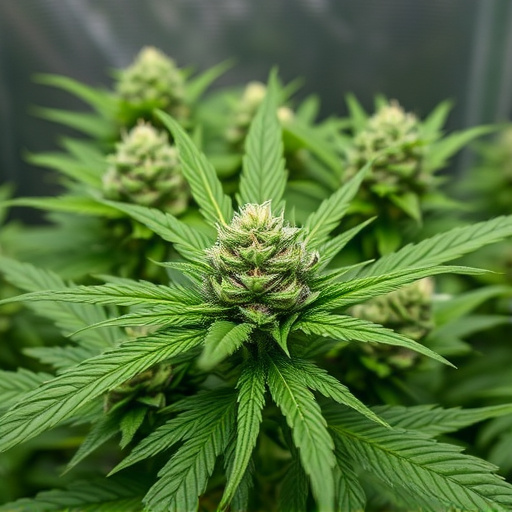
Heavy consumption of potent sativa cannabis strains can lead to significant mental (anxiety, paranoi…….
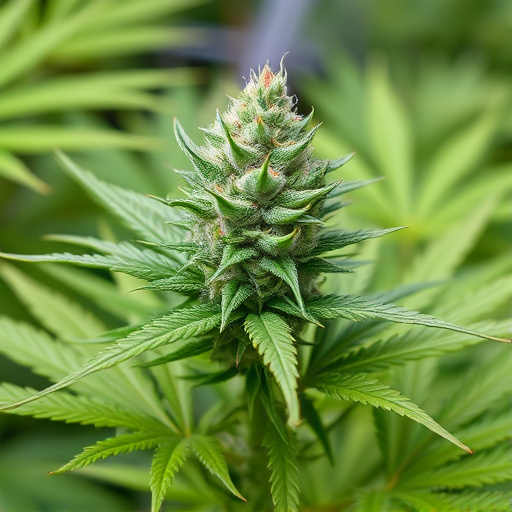
The skunky aroma of cannabis is driven by terpenes, organic compounds influencing scent and effects……..
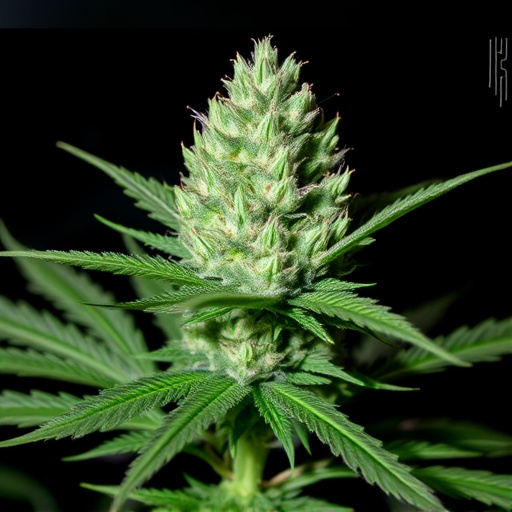
Sativa cannabis strains have gained popularity for their ability to provide an energy and motivation…….
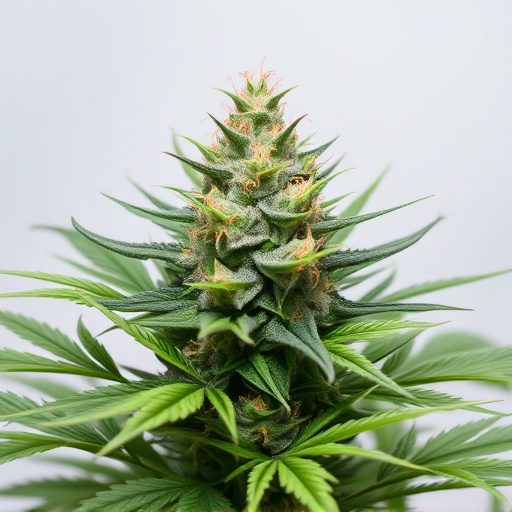
Balanced hybrid cannabis strains combine 50% sativa and 50% indica genetics for versatile effects. T…….
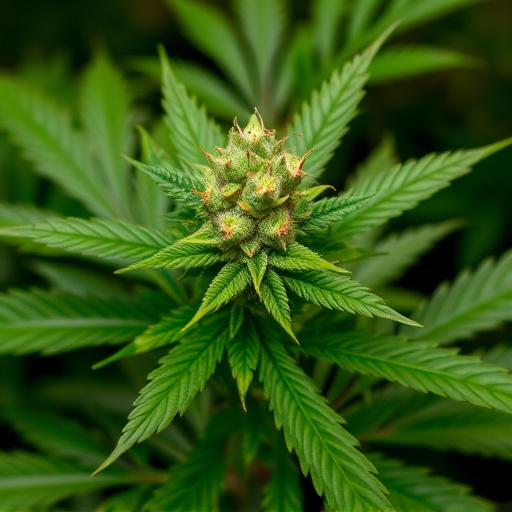
Sleep quality, crucial for health, is disrupted by conditions like insomnia and sleep disorders. Can…….
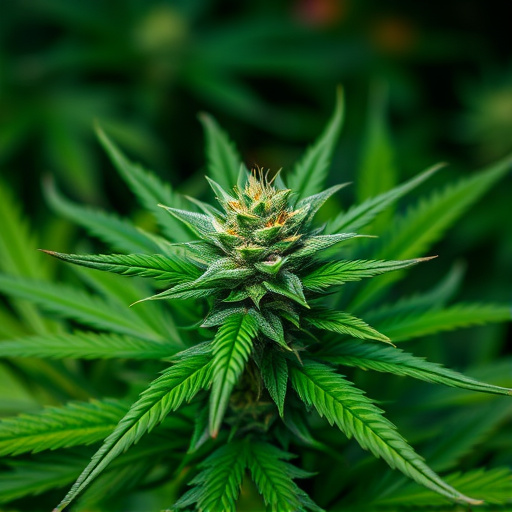
Cannabis overdoses, linked to potent sativa strains with high THC levels, can cause severe symptoms…….

Cannabis genetics play a pivotal role in shaping visual traits like leaf shape, size, and color, wit…….
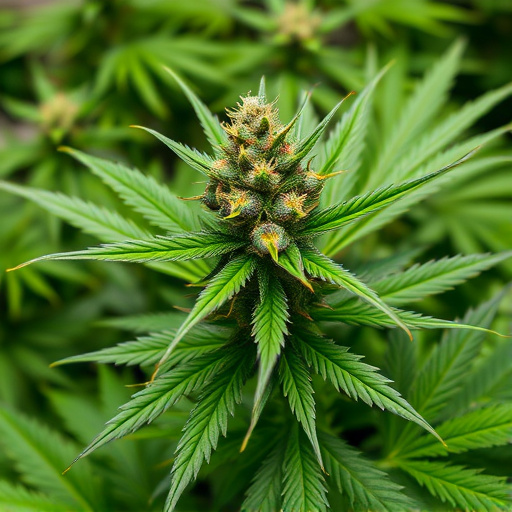
Sativa cannabis strains enhance social interactions through their invigorating and uplifting effects…….